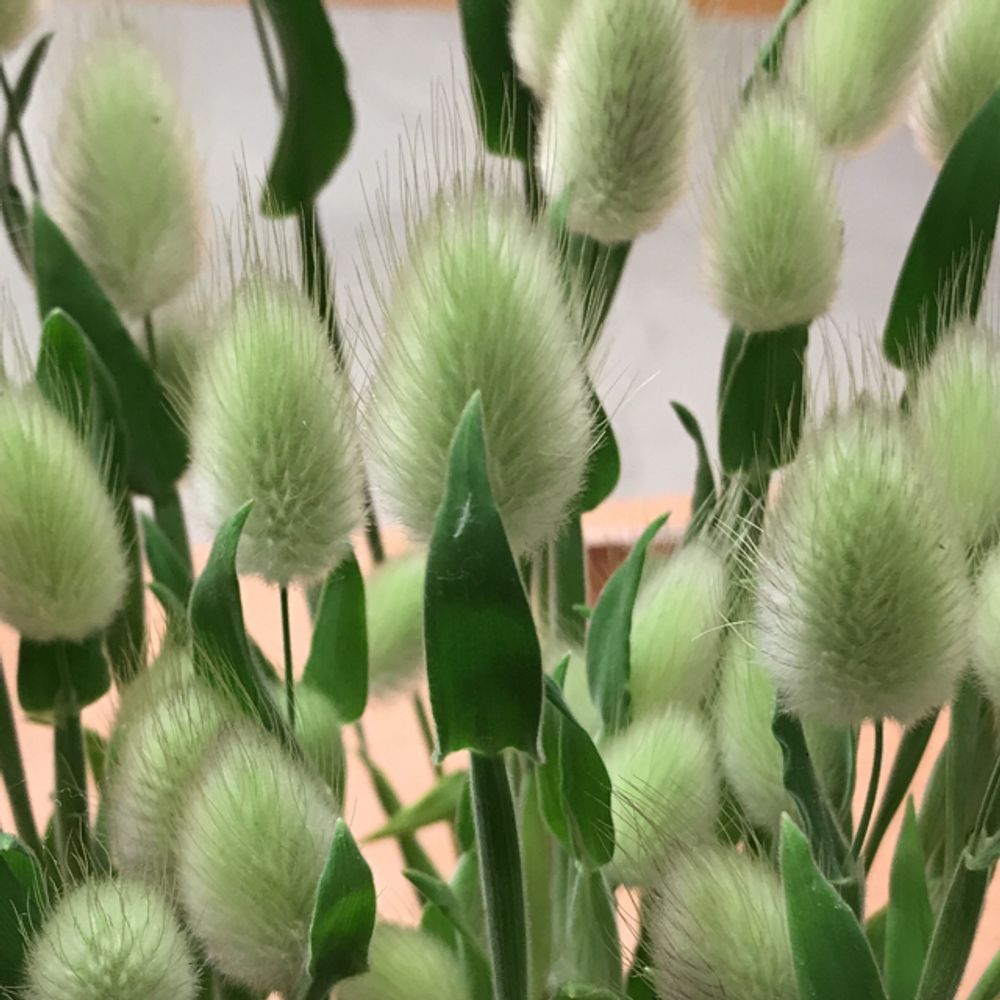Banana trees
(Musaceae family)

Description
Musaceae is a family of flowering plants that belong to the order Zingiberales. This family comprises three genera, Musa, Ensete, and Musella. The Musaceae family is known for its large and distinctive plants that are often cultivated for their fruits and ornamental value. In this article, we will explore the characteristics, distribution, and uses of Musaceae plants. Characteristics: The plants of the Musaceae family are characterized by their large and distinctive appearance. They are perennial herbs that grow from a rhizome and have a false stem or pseudostem that is made up of leaf sheaths. The leaves are large and arranged spirally around the pseudostem. They have a simple leaf blade that is often elongated and narrow, with parallel veins. The flowers of Musaceae plants are arranged in inflorescences, which are terminal spikes or panicles. The flowers are large and colorful, with six petals that are fused into a tube. The fruit of Musaceae plants is a berry that is often large and fleshy. The seeds are numerous and small. Distribution: The Musaceae family is native to tropical regions of Asia, Africa, and Australia. Most of the cultivated varieties of Musaceae plants are believed to have originated in Southeast Asia. Musa is the most widely cultivated genus, and its species are found throughout the tropics, including in Africa, Asia, and the Americas. Ensete is found mainly in East Africa, while Musella is restricted to China. Many species of Musaceae plants are cultivated for their fruit, including bananas and plantains. Some species are also grown as ornamental plants. Uses: The Musaceae family has a variety of uses, including food, medicine, and ornamental purposes. The fruits of Musaceae plants, such as bananas and plantains, are a staple food in many tropical countries. They are rich in nutrients, including vitamins A and C, potassium, and dietary fiber. In traditional medicine, various parts of Musaceae plants have been used to treat a range of ailments. For example, the sap of the pseudostem has been used to treat burns and insect bites, while the leaves have been used to treat diarrhea and dysentery. Musaceae plants are also valued for their ornamental value. Many species are grown for their large, tropical-looking leaves and colorful inflorescences. They are popular as houseplants, as well as in gardens and landscapes in tropical and subtropical regions. Conclusion: The Musaceae family is a diverse group of plants that are widely distributed throughout the tropics. They are known for their large and distinctive appearance, with a pseudostem made up of leaf sheaths, large leaves arranged spirally, and colorful inflorescences. Musaceae plants have a variety of uses, including food, medicine, and ornamental purposes. They are an important part of the cultural and economic landscape of many tropical regions around the world.
Taxonomic tree:







